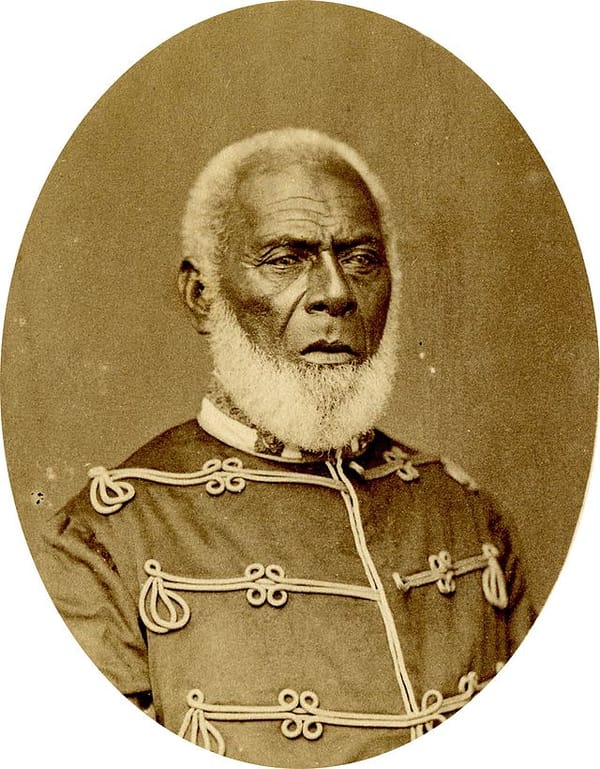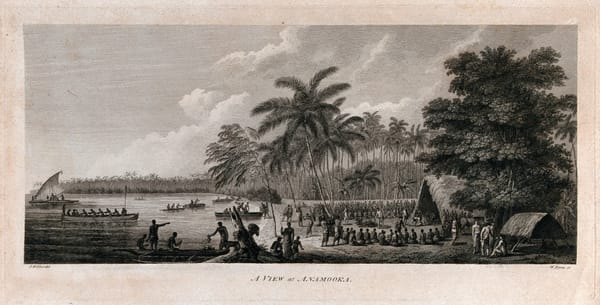Surviving Fury: Niuafo’ou's Resilience in the Face of 1946's Volcanic Wrath

In the heart of the South Pacific Ocean, where the vast expanse of the sea met the skies, lies the Kingdom of Tonga—a collection of 169 islands, each holding its own unique tale. Among them, Niua Fo’ou, a volcanic island standing proudly at the extreme north of the archipelago, had weathered the tempests of history. This is the story of a volcanic eruption that shook the island in 1946, told through the eyes of Mr Moeake Takai, the Town Officer, who meticulously chronicled the events in his diary.
Niua Fo’ou, with its 2500 inhabitants, was a remote outpost, a midpoint for ships journeying between Fiji and Western Samoa. The island, a mere dot in the vastness of the Pacific, had seen eruptions before. In 1929, the village of Futu was swallowed by molten fury, prompting the establishment of a wireless station for improved communication. The island's strategic location had attracted explorers for centuries, yet its volcanic nature brought both peril and opportunity.
The fateful evening of Monday, September 9, 1946, descended upon Niua Fo’ou like a shroud. As darkness enveloped the island, a full moon witnessed the eruption's ominous prelude. The ground trembled beneath the feet of the villagers gathered for a brass band practice and a football session. Earthquakes struck, signaling a potential disaster. Fearful of an eruption, the villagers raced to their homes.
At 7:30 pm, the first eruption roared from the western side of the village. Panic set in as the islanders sought refuge on the mountain, a desperate attempt to escape the encroaching disaster. By 11 pm, the entire community, including government officials, police officers, and doctors, stood on the mountain, watching their village succumb to black smoke and ash.
For hours, they endured the spectacle of destruction until, around three or four in the morning, the eruption ceased. Relief mingled with grief as survivors descended to inspect the aftermath. John Malekamu, the wireless operator, had sent desperate SOS signals before fleeing just ahead of the lava's reach. His survival was a testament to resilience in the face of nature's fury.
In the days that followed, the islanders clung to the mountain, sustained by prayers and unity. A week after the eruption, a US Navy plane, flying from Pango Pango to Na'adi, spotted the remnants of Niua Fo’ou. The islanders' signals reached the Tonga Government, prompting a rescue mission. However, it wasn't until Tuesday, September 18, that a government ship arrived, bringing salvation to the stranded community.
Evacuation became the only option. On December 21, 1946, the islanders bid farewell to their shattered home, embarking on a journey to Tongatapu. The evacuation process, despite its efficiency, was marked by tears and sorrow. The majority voted for relocation, and Niua Fo’ou stood abandoned, a ghostly silhouette against the Pacific horizon.
Tonga, recognizing the need for disaster preparedness, now endeavors to safeguard its people. The tale of Niua Fo’ou serves as a poignant reminder of the delicate balance between human habitation and the untamed forces of nature, as the island looks to the future, planning infrastructure, and reinforcing its resilience against the unpredictable dance of fire and earth.




